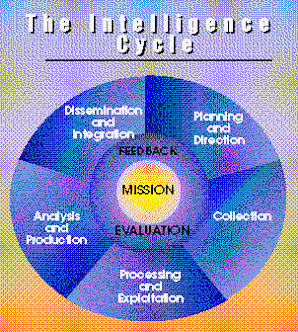Using the “So What?” factor in analysis
This is a great article by Libby Stengel from the GroupIntel site...
I was working as an intelligence analyst for a fusion center early in my intelligence career. During my daily reading I came across a piece of information that not only had a reliable source with great access, but also seemed to provide key intelligence information. I quickly grabbed the report and rushed to my supervisor to show him my great find. He stared at me and said, “So what?”
The supervisor understood that the information was important but he didn’t know what to do with the raw information. As that newly minted intelligence analyst I quickly learned to take every piece of information or intelligence provided and figure out why it was important. A director or even a section lead at an analysis center does not have the intimate knowledge or time that an analyst would have to devote to understanding a specific situation. I learned that Raw, unanalyzed information is noise that clouds decisions. Carefully analyzed information can be a decision making tool.
Analysts must:
- Connect the dots. Where does this information fit with the existing understanding of the topic? Is it a new threat stream, trend or person? How does it affect the mission and goals of my agency?
- Explain - Why should I care about this information? What makes you believe that this information is important? Is it time sensitive? Does it complete the puzzle on a threat or person you had been following? Is it completely different than what you had seen previously? Will this change my agency’s view on a topic or person?
- Summarize thoughts into succinct and convincing statements. Provide not only a summation of the information, but also your educated opinion on the situation. What will happen if we do nothing? What will happen if we do something? Worst case and best case scenarios? When encountering several information or intelligence items that you want to combine into a threat assessment, intelligence report or “product,” it is important to analyze each part separately.
- Bottom Line Up Front (BLUF). This is a one-to-two line summary of what I am going to tell you with my educated opinion included in it.
- Text of Information or Intelligence. If a piece of intelligence is highly relevant, provide the entire, original text for those who will have time to read it . In some instances, including a map is helpful for readers.
- So What? Using the previously listed three musts, tell the reader why they should care about this new or different information.


0 comments:
Post a Comment